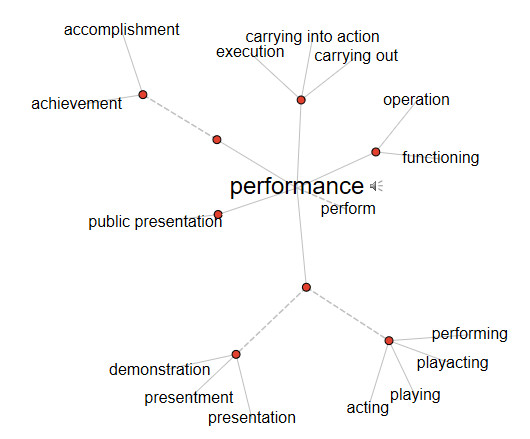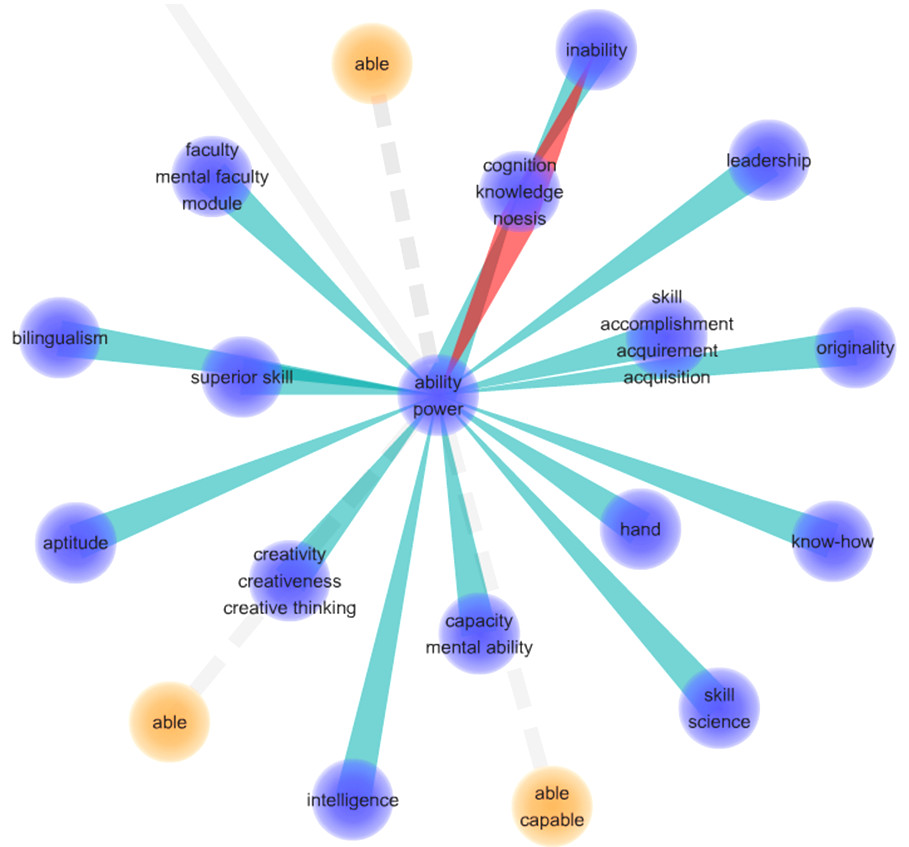Questo articolo parla dell’importanza del poter vivere con pienezza il nostro viaggio della vita restituendo un significato più profondo al nostro agire quotidiano.
Articolo estratto dal testo “Il potenziale umano – Metodi e tecniche di coaching e training per lo sviluppo delle performance” Copyright FrancoAngeli e dott. Daniele Trevisani.
Perché facciamo le cose?
Un gruppo di ricercatori che operano nella sfera della Psicologia Umanistica ha condotto uno studio per confrontare i diversi punti di vista sul senso della vita, analizzando sia persone comuni che personaggi eminenti (cultura, scienza, politica)[1a].Il senso fondamentale che emerge da questa ricerca è che l’essere umano ha bisogno di significati. Ha bisogno di ancorare la propria esistenza a qualcosa, ha la necessità di trovare una spiegazione. Il contrario è una “crisi di senso”: non sapere più cosa facciamo, non credere più a niente.
La spiegazione per il nostro agire può essere assurda, logica, razionale, mistica, scientifica, morale. La mancanza di una motivazione del fare, dell’essere, e dell’esistere, porta ad un profondo disagio esistenziale. Come evidenziano gli stessi autori:
Albert Camus (1955),Viktor Frankl (1992), e Lev Tolstoj (1980), tutti credevano che, se la vita avesse o meno un significato in sè, fosse la domanda più importante della vita stessa. Per loro, tutti gli sforzi e imprese umane si confrontano con la questione del significato – senza significati, niente ha più importanza. Frankl (1978) vedeva la mancanza di senso (meaninglessness) come la neurosi primaria dei nostri tempi (p. 2), e Carl Jung (1933) sosteneva che tutti i suoi clienti, visti in oltre 35 anni di terapia, avevano problemi che si collegavano alla questione dei significati (meaning). Negli studi empirici, l’esperienza soggettiva della meaninglessness (mancanza di senso) è stata collegata alla depressione (Beck, 1967; Seligman, 1990) all’abuso di sostanze e al suicidio (Harlow, Newcomb, & Bentler, 1986), così come ad altre psicopatologie (Yalom, 1980)[1b].

In sintesi, se non percepiamo un significato nelle cose, andiamo in crisi.
La mancanza di significato porta a disturbi, o neurosi, e disagio esistenziale. Ogni azione connessa al potenziale umano deve quindi andare alla ricerca di significati profondi cui ancorarsi, siano essi in azienda, nello sport, nella vita, o in campo sociale e personale.
La psicoenergetica, nel metodo HPM, è una disciplina che deve analizzare, attaccare e aggredire la meaninglessness (mancanza di senso o caduta di significati della vita), e affrontare il senso di una prospettiva umana. I fronti per cui applicarsi e le cause per cui impegnarsi possono veramente essere molte, dalla fame, alla protezione dei deboli, dei bambini, degli anziani, ma anche credere in un progetto aziendale importante, o impegnarsi in un percorso spirituale.
Il venire meno dei significati della vita o senso della vita generale distrugge qualsiasi volontà di affrontare un progetto o di impegnarsi in un’azione.
Il nostro fine profondo è recuperare il senso, in ogni brano della vita: senso della giornata, senso di una settimana, senso di un trimestre, senso dell’anno in corso, o senso della vita, ma anche senso di un incontro (perché questo incontro?), senso di una relazione (perché questa relazione?), senso di un progetto (perché questo progetto?), senso di una sfida (perché questa sfida? Chi o cosa sto sfidando veramente?).
Lo scopo penetrante è di accrescere l’ancoraggio delle persone a obiettivi significativi, costruendoli e rinforzandoli (da un lato) e rimuovendo i blocchi (dall’altro) che impediscono a queste energie di manifestarsi.
[1a] Kinnier, Richard T., Kernes, Jerry L., Tridente, Nancy, Van Puymbroeck, Christina M. (2003), What Eminent People Have Said About The Meaning Of Life, Journal of Humanistic Psychology, Vol. 43, No. 1, Winter 2003.
[1b] Camus, A. (1955), The myth of Sisyphus, Alfred A. Knopf, New York.Frankl, V. (1978), The unheard cry for meaning, Simon & Schuster, New York.Frankl, V. (1992), Man’s search for meaning (4th ed.), Beacon Press, Boston.Tolstoy, L. (1980), My confession, in S. Sanders & D. R. Cheney (Eds.), The meaning of life, Prentice-Hall, Englewood Cliffs, NJ.Jung, C. G. (1933), Modern man in search of a soul (W. S. Dell & C. F. Baynes, Trans.), Harcourt, Brace & World, New York.Seligman, M. E. P. (1990), Why is there so much depression today?, in R. E. Ingram (Ed.), Contemporary psychoanalytical approaches to depression (pp. 1-9), Plenum, New York.Harlow, L. L., Newcomb, M. D., Bentler, P. M. (1986), Depression, self derogation, substance abuse, and suicidal ideation: Lack of purpose in life as a mediational factor, Journal of Clinical Psychology, 42, 5-21. Yalom, Y. D. (1980), Existential psychotherapy, Basic Books, New York. Tolstoy, L. (1980), My confession, in S. Sanders & D. R. Cheney (Eds.), The meaning of life, Prentice-Hall, Englewood Cliffs, NJ. Jung, C. G. (1933), Modern man in search of a soul (W. S. Dell & C. F. Baynes, Trans.), Harcourt, Brace & World, New York.
Estratto dal volume “Il Potenziale Umano”. Franco Angeli editore, Milano.
Autore: Daniele Trevisani www.studiotrevisani.it
Materiale divulgativo messo a disposizione dall’autore.
Per approfondimenti:
- Libro: Il potenziale umano – Metodi e tecniche di coaching e training per lo sviluppo delle performance.
- Sito Dr. Daniele Trevisani
- Sito Studio TrevisaniAcademy Formazione Aziendale, Coaching e Mentoring
- Dr. Daniele Trevisani – Website in English
- Il sito della Comunicazione Aziendale – Comunicazioneaziendale.it
- Medialab Research
- Dr. Daniele Trevisani Linkedin
Cristina Turconi
Executive & Business Coach ICF | Formatrice Aziendale | Facilitatrice Lavoro di Gruppo | Master Trainer in HPM™ Human Potential Modeling | Consulente e Innovation Manager MISE
Sito Cristina Turconi – Sviluppo del Potenziale Individuale, dei Team e delle Imprese
Cristina Turconi – Blog WordPress
Cristina Turconi – Linkedin
Cristina Turconi – Facebook
Photo by Nick Fewings on Unsplash





